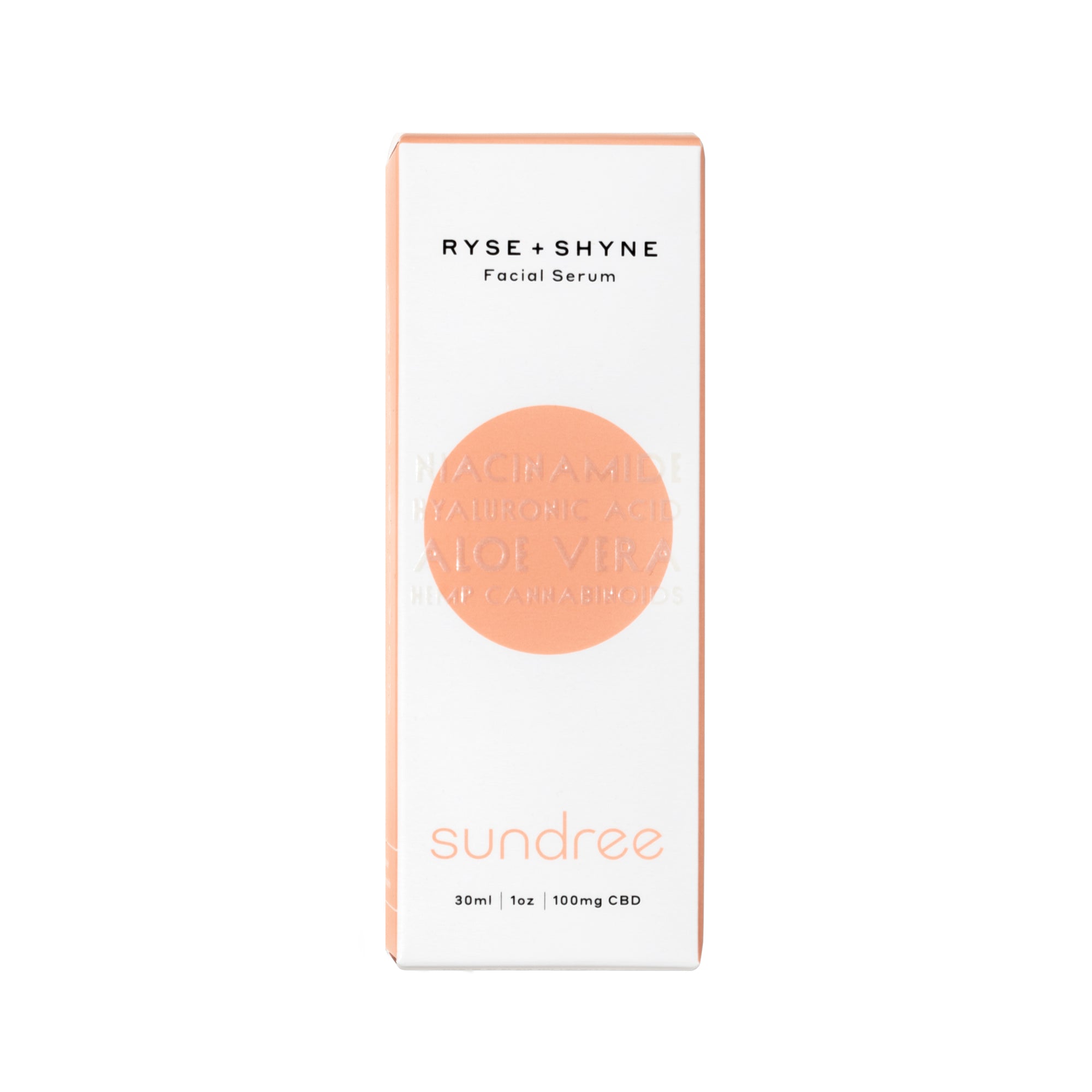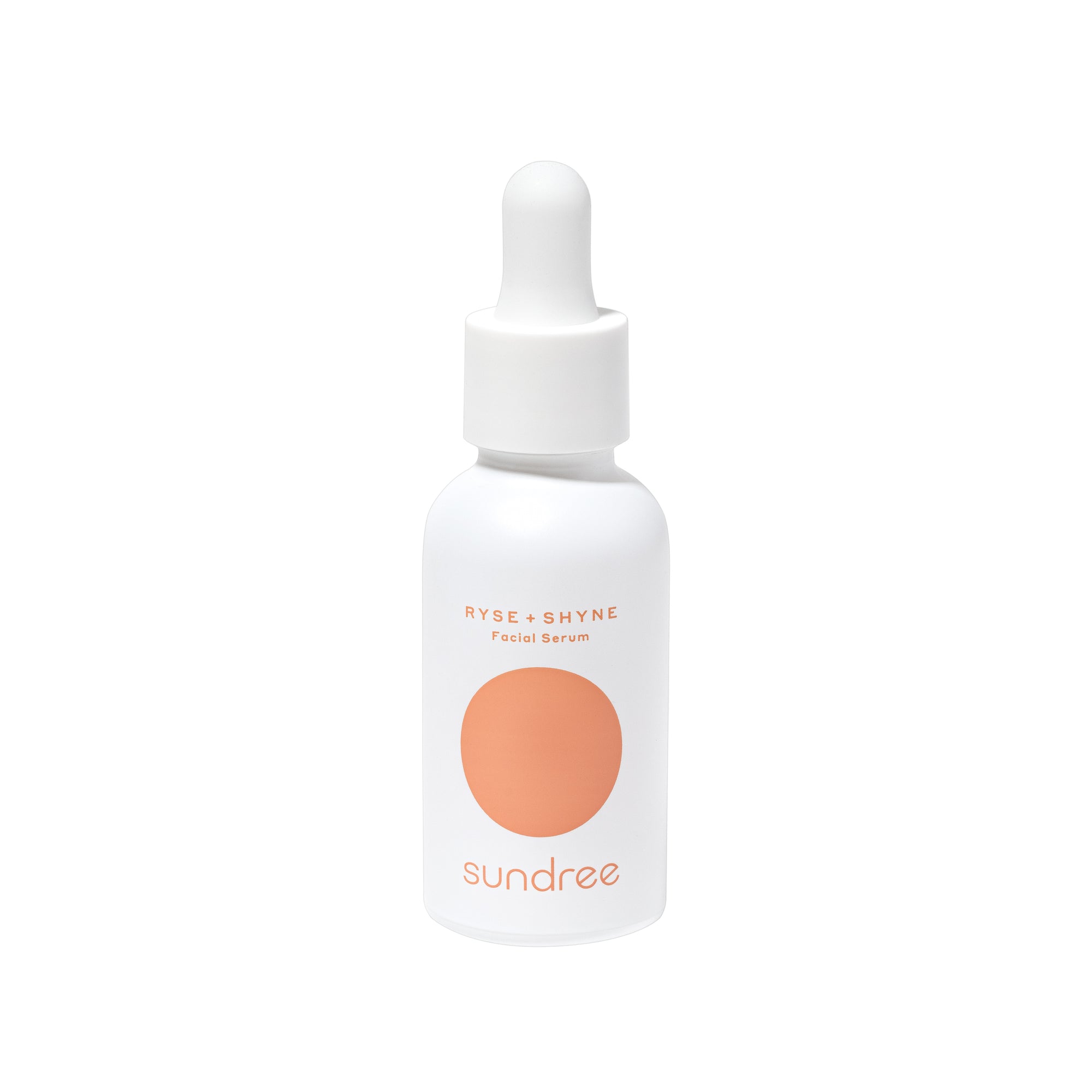We often come across the word pH when it comes to skincare. But how many of us are familiar with what it is and how to maintain it? Most of us don’t bother to look it up, considering it a hard-to-grasp scientific concept.
The fact is that the skin’s pH can make all the difference between healthy and problematic skin. The skin won't look its best without a balanced pH. Hence it’s crucial to pay attention to your skin’s pH and choose your skincare products accordingly.
Since restoring and maintaining a healthy pH level is necessary to enjoy a glowing, supple, and smooth complexion, it’s essential to know what it is, what can affect it, and how to keep it balanced. Keep reading to learn all about the skin’s pH level!
What is the Skin’s pH?
The pH or the potential hydrogen is known as the level of acidity of different substances. Like other substances, the skin has a specific pH level required to keep it performing its functions optimally. The range of the pH scale is between 1 and 14, with the value of 7 considered a neutral point. It is considered acidic when pH is below 7, while above 7 is known to be alkaline or non-acidic.
What is the Normal Range of Skin pH?
The normal or optimal skin pH level, which includes our face and most parts of our body, ranges from 4.7 to 5.75. A pH value of 7 is known as the neutral pH, which is the pH level of water. Therefore, keeping the optimal value of the skin’s pH in mind, it is safe to say that the skin is mildly acidic.
The skin’s acid mantle, helps create a healthy skin barrier.¹ It is a thin layer at the skin's outer surface composed of lipids secreted from sebaceous glands. It acts as a shield against external agents, including bacteria.
A healthy acid mantle is a prerequisite for healthy and youthful skin. The normal pH level of the skin may vary according to the area of the body. It also varies at different phases of life due to various internal or external elements. Generally, the skin’s pH in lesser exposed areas is more acidic than in exposed areas, like the face, hands, and chest.
Why is the Skin’s pH So Important?
The skin’s pH level plays a significant role in how our skin looks and feels. As mentioned above, the skin’s acid mantle is responsible for maintaining a healthy and plump complexion. In addition, it is the key to a robust protective skin barrier.
The acid mantle works actively to neutralize alkaline-based aggressors, like surfactants, that come in contact with the skin. It also prevents the invasion and growth of bacteria.² With an acidic environment, the skin can better fight off harmful microbes, free radicals, and other damaging agents in our surroundings.
What Happens When the Skin’s pH is Disturbed?
Any imbalance in the skin's pH level can lead to a compromised acid mantle. A damaged acid mantle makes the skin much more susceptible to cell damage due to environmental pollutants, such as bacteria, toxic chemicals, gases, free radicals, viruses, and grime.
When the skin’s pH level elevates and enters an alkaline range, the skin's natural balance is disturbed. The lipids which are essential for the protective function of the epidermal layer cannot be synthesized, and the skin starts losing its hydration. Consequently, the skin becomes dry and more prone to free radical damage. Moreover, the outer layer of the skin fails to perform its protective role in such conditions.
A weakened or damaged skin barrier makes the skin less resilient and more sensitive toward environmental aggressors. Environment aggressors can lead to dryness, photosensitivity, inflammation, and hypersensitivity. It can even worsen inflammatory skin problems, such as rosacea, dermatitis, eczema, and psoriasis.
What Affects the Skin’s pH?
Now that we know exactly what the skin’s pH is and why it holds such a crucial role in keeping the skin healthy, it’s essential to understand what can affect it so you can avoid many skin issues due to those elements. Here are some factors that can disrupt the balance of the skin’s natural pH:
- Air pollution
- Harsh skincare products
- Acne
- Weather change
- Cosmetics
- Antibacterial products
- Varying humidity levels
- Detergents
- Sweat and sebum
- Prolonged sun exposure
- Tap water
- Frequent washing
How to Have a Balanced Skin pH?
While it may seem challenging to balance the skin’s pH level, as it is quite a sensitive phenomenon, you can take steps to maintain the skin's pH without causing any harm to the acid mantle. So let’s see what can be done to balance the skin’s pH.
- Avoid Harsh Cleansers: A skincare routine encompassing mild and non-irritating skincare products is the best way to ensure your skin’s pH remains within its optimal range. Start by choosing a gentle cleanser that draws out dirt, makeup residue, sebum, and other impurities from pores without it stripping the skin of its natural lipids, which are essential to maintain a healthy acid mantle and, thus, an optimal pH level. Alkaline facial cleansers are more likely to damage the skin and disrupt its pH value.
- Do Not Over-wash: Some of you may be stripping your skin of its natural lipids and causing more harm than good by over-washing your skin. Whether it’s your face or any other part of the body, washing it too much and for too long can result in an imbalance in the skin’s protective barrier. This can ultimately lead to irregularities in the pH balance of the skin. Try not to wash your skin more than twice a day.
- Choose Your Exfoliator Wisely: Harsh and abrasive exfoliating products can also lead to an imbalance of pH as they can damage the skin’s outer layer, which regulates a healthy pH balance. AHA or BHA-based gentle exfoliators are your best option to slough off dead, dull skin without causing any impairment to the skin’s protective layer and pH level.
- Add Toner to Your Skincare: If you have not been using a skin toner, thinking of it as an unnecessary step in your skincare routine, you might need to reconsider. Other than helping to remove leftover impurities from the skin, tightening and toning the skin, and adding an instant dose of nutrients to the skin, a toner can be effective in neutralizing any remaining alkalinity in the skin that can harm the skin’s pH level.
- Keep Your Skin Moisturized: After drawing out dirt, excess sebum, and other pollutants from the skin with a gentle cleanser, follow with a moisturizing product.³ You can choose from a range of moisturizing lotions, gels, oils, or creams according to your specific skin type and concerns. Oils and thick creams are ideal for dry skin, while those with oily skin should stick to lightweight moisturizers. You can change the consistency of your moisturizer according to changes in the weather to fulfill your skin's changing needs and maintain a healthy pH level.
- Restore Skin’s pH with Food: One of the easiest and most natural ways to ensure your skin’s pH remains in its maximum range is to add fruits and vegetables with pH-balancing ingredients into your daily diet. Food with antioxidants, minerals, and vitamins can help you sustain a healthy skin pH. Berries and leafy vegetables are particularly effective in restoring the skin’s pH. Also, don’t forget to consume water in ample quantities every day.
Final Thoughts
The skin’s pH may be seen as an unimportant aspect of skin health, but the reality is that it’s one of the most crucial factors when it comes to maintaining the overall health of the skin. Various internal and external elements can disrupt the balance of the skin’s pH level and lead to many skin issues.
To ensure that your skin has an optimal pH level, it’s best to look at your skincare regimen. Swapping harsh, drying, and irritating skincare products with mild, soothing, and nourishing products can help to keep the skin’s pH within the healthy range. Moreover, a healthy diet is also essential to strike the right balance of pH level needed to keep the skin looking and feeling great.
Citations:
- Long, April. (2020). ‘Why The Acid Mantle Is an Essential Part of Your Skin’s Health’, Town&Country, Accessed August 17, 2022. Available at: https://www.townandcountrymag.com/style/beauty-products/a32614419/what-is-acid-mantle/
- Brazier, Yvetter. (2019). ‘What are bacteria and what do they do?’, Medical News Today. Accessed August 17, 2022. Available at: https://www.medicalnewstoday.com/articles/157973
- Brannon, Heather L, MD. ‘What Is Sebum and How Does Your Skin Produce It?’, VeryWellHealth, Accessed August 18, 2022. Available at: https://www.verywellhealth.com/what-is-sebum-1069375













